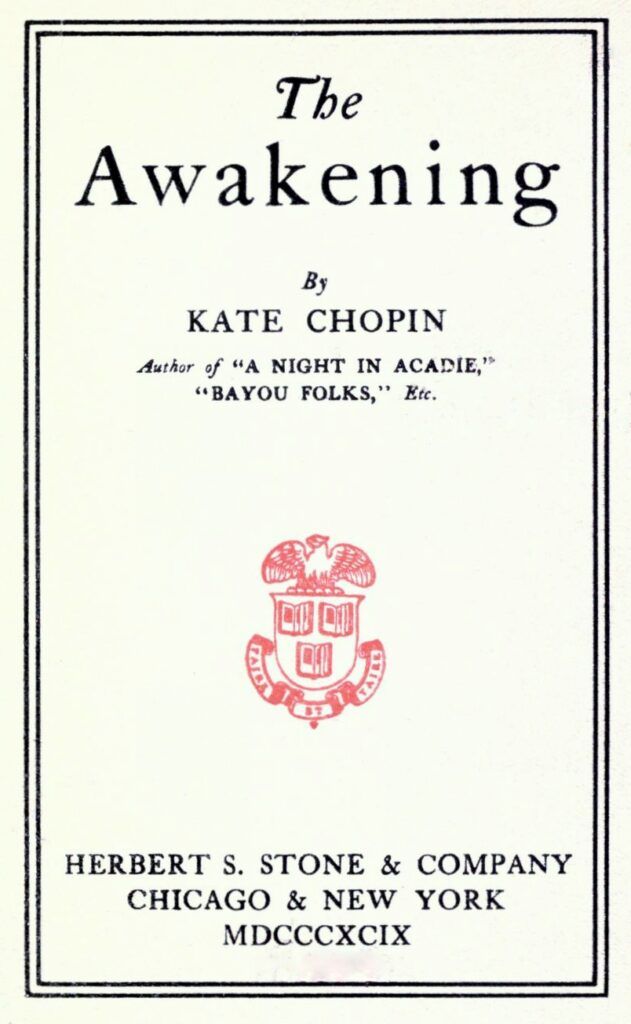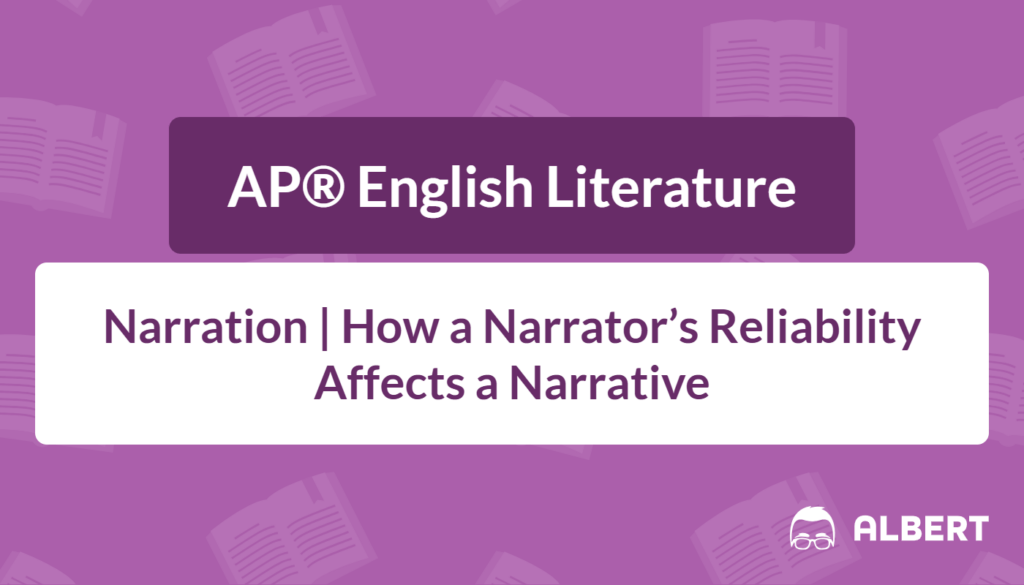What We Review
Understanding Narrator Reliability and Its Impact on Narrative
Narrators act as guides through the world of a literary work. Their perspective shapes how readers interpret events and characters. Yet narrators can be completely reliable or distinctly unreliable. Understanding the spectrum between these extremes helps readers uncover deeper layers of meaning. This post will explain what narrator reliability involves, how to recognize it, and why it matters in everything from short fiction to longer novels and plays. By the end, there should be a clearer sense of how to analyze any narrator’s trustworthiness and see its profound impact on themes, plots, and characters.
In William Faulkner’s The Sound and the Fury, narrator reliability is a central challenge. The novel is told from multiple viewpoints, including that of Benjy, a cognitively disabled man whose narration is fragmented and nonlinear. His perception of time and events is confused and emotional, forcing readers to piece together the story behind the family’s decline. The unreliability of Benjy’s narration demands that readers actively interpret what is real versus what is distorted by memory and confusion. This complexity deepens the novel’s themes of loss, decay, and the subjective nature of experience.
What Is a Reliable Narrator?
A reliable narrator is consistent, thorough, and generally free from biases or deceptions. Although every narrator might hold personal viewpoints, a reliable narrator is usually earnest in revealing events accurately. This type of narrator helps the audience focus on the plot and themes without second-guessing what actually happened.
In Chinua Achebe’s Things Fall Apart, the third-person narrator provides a clear and measured account of Okonkwo’s life and the Igbo culture. The narration is straightforward and consistent, offering insights into traditions and personal struggles without distortion or hidden agendas. For example, the narrator presents Okonkwo’s pride and flaws directly, allowing readers to understand both his strengths and his tragic weaknesses. This reliability grounds the story’s themes of cultural conflict and change in a clear narrative voice.
Key characteristics of a reliable narrator:
- Consistent presentation of facts and character details.
- Honest acknowledgment of personal feelings or potential biases.
- A stable, logical telling of events with few contradictions.
When reading about a narrator who rarely confuses important events or downplays other characters’ motives, there is a greater sense of trust. This reliability allows the thematic focus—here, self-realization and identity—to stand at the forefront.
What Is an Unreliable Narrator?
An unreliable narrator is the exact opposite. This narrator’s perspective can be clouded by biases, flawed memory, hidden agendas, or even a desire to mislead. Though unreliable narrators might still tell fascinating stories, they force readers to question every detail. Spotting these narrators is crucial, because their accounts impact how we interpret central themes.
In Ken Kesey’s One Flew Over the Cuckoo’s Nest, the story is told by Chief Bromden, a patient in a psychiatric hospital. At first, his narration is filled with hallucinations and paranoid visions, such as when he describes the ward as a machine controlled by the ominous “Combine.” Readers quickly realize that not everything he describes is literal. Over time, however, his observations begin to reflect deeper truths about power, control, and institutional oppression. His unreliability is both a barrier and a tool—what seems distorted may in fact reveal an emotional or symbolic reality. This makes Chief an unforgettable, if unstable, narrator.
Key characteristics of an unreliable narrator:
- Contradictory descriptions of events or characters.
- Statements that clash with other characters’ perspectives.
- Emphasis on a personal agenda or emotional bias.
By noticing these signs, readers can unravel what might really be happening, despite the narrator’s skewed viewpoint. This dynamic adds complexity to the plot and can spark debates over who to trust.
The Effects of Narrator Reliability on a Narrative
Narrator reliability has a direct influence on how a story unfolds. A reliable narrator usually presents a clear path, while an unreliable narrator leaves readers questioning major events and motives. This piece of the storytelling puzzle affects narrative tone, character portrayals, and thematic resonance.

In Kate Chopin’s The Awakening, the narration largely follows Edna Pontellier through a third-person point of view that is still intimately linked to her emotions. Because the narrator offers a mostly direct look into Edna’s inner conflicts—her growing dissatisfaction with societal constraints—there is a sense of honesty about her struggles. Readers may not doubt what she experiences, yet her emotions color how the world around her is described. As a result, the narrative reveals Edna’s transformation while emphasizing the theme of personal freedom. If the narrator were unreliable, readers would wonder whether Edna’s feelings are exaggerated. Instead, the narrative’s stable voice heightens sympathy for her circumstances.
Reliability shapes:
- Reader empathy with the characters.
- The broader theme’s clarity (freedom, identity, society’s expectations).
- Tension about whether drawn conclusions are fully accurate.
When comparing a reliable third-person narrator to an unreliable first-person one, the story’s core message can shift. A stable viewpoint might underscore a clear moral or lesson, whereas a biased viewpoint might leave elements open to interpretation. Therefore, understanding what a reliable narrator is becomes essential to interpreting the work’s true focus.
Analyzing Narrator Reliability
To determine narrator reliability, readers can start with a few guiding questions. This analytical process often mirrors what students do in literary essays or classroom discussions. It involves slowing down to consider a narrator’s motivations, credibility, and consistency.
Key Questions to Determine Narrator Reliability
- Does the narrator present events that match other characters’ views?
- Are there major inconsistencies or sudden shifts in the narrator’s account?
- How do personal experiences or backgrounds influence the narrator’s storytelling?
- Is there a clear motive for hiding the truth or adding false details?
Engaging these questions step by step invites a deeper reading of texts. Consider Yann Martel’s Life of Pi, where the narrator Pi Patel tells two dramatically different versions of the same story. One features a Bengal tiger and a surreal survival tale at sea; the other replaces animals with human characters and violence. Pi openly acknowledges that his memory is unreliable and asks readers—and investigators within the story—which version they prefer. His final comment, “And so it goes with God,” implies that truth might depend on belief rather than fact. This raises powerful questions about why Pi might choose the more fantastical version, and whether it conceals or reveals deeper emotional truths. By analyzing Pi’s motives, shifting tone, and narrative contradictions, readers can assess how his storytelling functions as both a survival mechanism and a spiritual metaphor.
Step-by-step analysis for Life of Pi:
- Identify the two different accounts Pi offers for his time at sea.
- Compare specific events across the two versions (e.g., the tiger’s behavior vs. the actions of human survivors).
- Notice contradictions, omissions, or narrative inconsistencies.
- Evaluate how Pi’s personal beliefs, trauma, or need for meaning might influence which version he tells—and why.
This approach illustrates the methodical thinking rewarded on the AP® Literature exam, where textual evidence and broader context drive analysis.
Identifying Reliable vs. Unreliable Narrators in Literature
Recognizing different types of narrators involves paying attention to style, tone, and context clues. Some narrators wear their biases on their sleeves, while others leave subtle hints scattered throughout the text. A drama such as Shakespeare’s Hamlet lacks a formal narrator, yet Hamlet’s soliloquies function like direct addresses to the audience. When he says, “To be or not to be, that is the question,” his words come straight from his internal struggle. This first-hand expression may feel genuine, but it can also be colored by his grief or disillusionment. Because of this, audiences must decide whether Hamlet’s view of reality is reliable or distorted by his emotional turmoil.
Techniques for recognizing a narrator’s reliability:
- Examination of language: Is it straightforward or filled with embellishment?
- Observation of other characters’ reactions and comments.
- Awareness of historical context or the character’s personal background.
Devoting attention to these elements, even in a play without a traditional narrator, helps one better grasp the work’s full meaning. Whether analyzing a novel or drama, the focal point remains how the viewpoint shapes themes, character arcs, and the audience’s trust.
Conclusion
Narrators function like windows into a fictional world. If that window is crystal clear, readers feel confident in the scene before them. If the window is foggy, hidden details add layers of uncertainty. Both types of narrators—reliable and unreliable—offer meaningful ways to interpret a story’s key conflicts and larger messages.
Ian McEwan’s Atonement underscores how fragile and powerful the act of narration can be. Briony Tallis, who recounts much of the novel’s central tragedy, ultimately reveals herself as both author and unreliable narrator. By rewriting parts of the past—especially the ending—Briony forces readers to question what is true and what is fiction within her account. Her manipulation of the story becomes an attempt at redemption, suggesting that storytelling itself can offer emotional truth even as it conceals factual accuracy. This blend of imagination, guilt, and narrative control shows why narrator reliability is more than a stylistic choice—it shapes the entire meaning of a text.
Recognizing when and why an author invites us to question a narrator adds depth to the reading experience. It also prepares students for deeper, more thoughtful literary analysis on the AP® Literature exam and beyond.
Quick Reference Chart
Below is a chart of important narration terms and definitions:
| Term | Definition |
| Reliable Narrator | A narrator whose version of events is consistent, honest, and trustworthy. |
| Unreliable Narrator | A narrator whose version of events is suspect due to bias, intention to deceive, or instability. |
| Omniscient Narrator | A narrator who knows the thoughts, actions, and feelings of all characters in the story. |
| Limited Narrator | A narrator who only has insight into one or a few characters’ thoughts. |
| First-Person Narrator | A narrator who speaks using “I” or “we,” offering a direct viewpoint but often with inherent bias. |
| Third-Person Narrator | A narrator who refers to characters as “he,” “she,” or “they,” sometimes omniscient, sometimes limited. |
Exploring these resources will help strengthen the analytical skills needed for any AP® Lit classroom discussion or exam prompt. By immersing oneself in various narrative styles, it becomes easier to detect lines of reliability—and ultimately, to uncover the heart of a literary work.
Sharpen Your Skills for AP® English Literature and Composition
Are you preparing for the AP® English Literature and Composition test? We’ve got you covered! Try our review articles designed to help you confidently tackle real-world AP® English Literature and Composition problems. You’ll find everything you need to succeed, from quick tips to detailed strategies. Start exploring now!
- AP® English Literature: Narrator and Speaker
- AP® English Literature: Point of View
- AP® English Literature: Narrator’s Perspective
Need help preparing for your AP® English Literature and Composition exam?
Albert has hundreds of AP® English Literature and Composition practice questions, free response, and full-length practice tests to try out.








